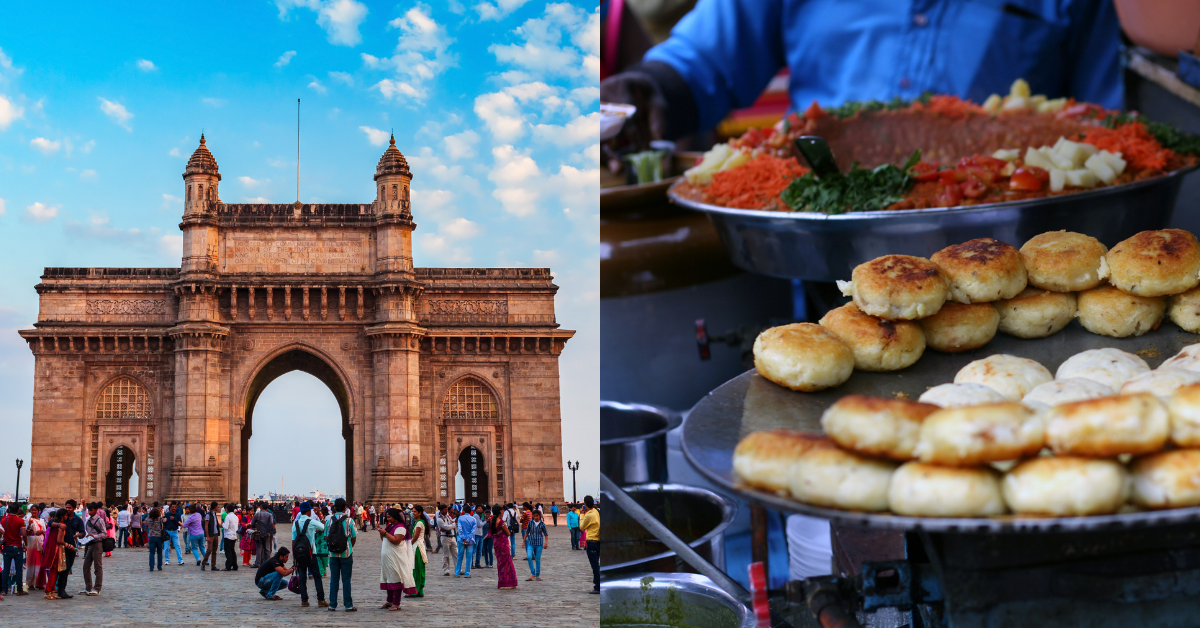
You are more likely to find quality misal while visiting the spicier cities in Maharashtra. You are definitely going to be recommended to try a Bombay Sandwich; and obviously, you have already eaten your fill of vada pav. So, what legendary food in Mumbai should you try next?
Mumbai’s migrant diversity has lent the city many flavours. The city, subsequently, has adopted and adapted to create food that you must get your hands on. Each dish on this list has an edible history. Before you take a bite of this delicious list, take a second to know the story of what is on your plate.
Dal pav
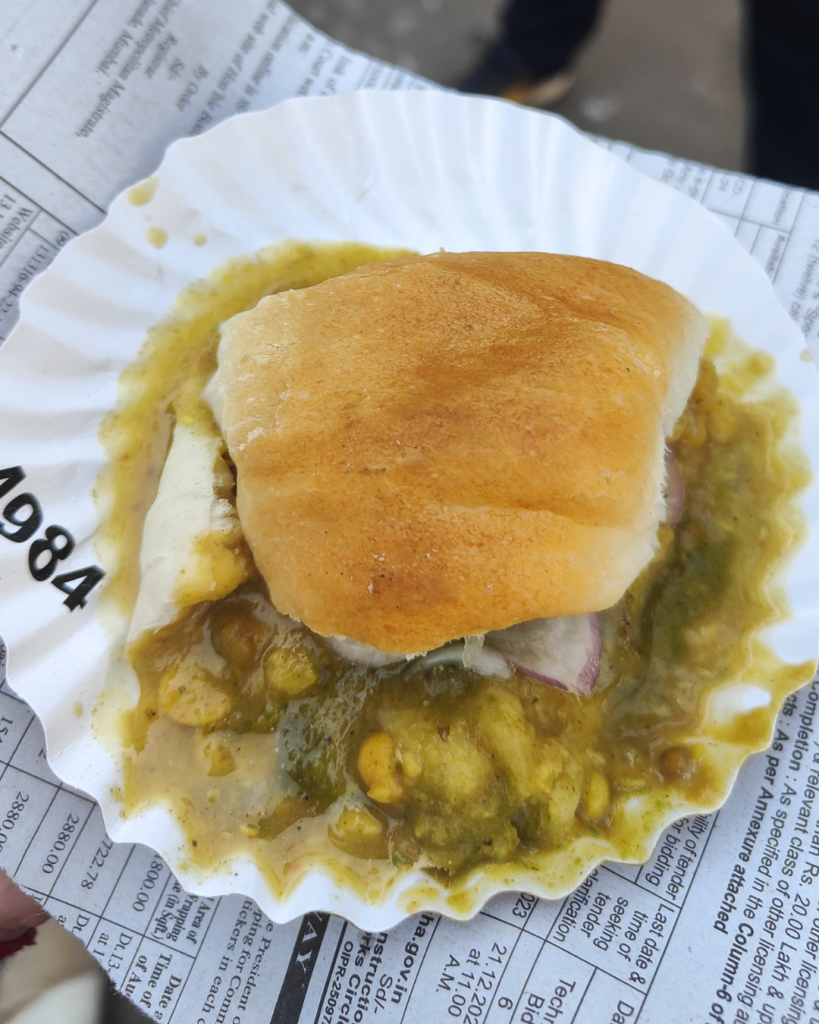
Photo: Junisha Dama
Why does Mumbai love its pav so much? Short answer: Pav is seeped in Mumbai’s history and is convenient.
It was the Goan migrants who brought Pav to Mumbai sometime in the late 1600s or early 1700s. Over the years, its convenience (a faster bread to serve compared to roti or puri) has made it a popular choice for sustenance. Additionally, pav mops up gravies well, sandwiches fried snacks, and can be dipped in tea for a cheap bite.
A popular bread among the working class, pav became the go-to for the Sindhi community too post the partition of India. Sindhis took to setting up small businesses, selling food they knew to cook. That’s how Jitendra Jarkani’s grandfather — the late Bhojraj Jarkani — began selling Dal Pav (Rs. 25) on the streets too. Three types of dal – green gram, moong, and chana — with tangy and spicy chutneys and raw onions are ladled inside a pav. Jitendra, popularly called Jittu Bhaiyya in Chembur, is a legend in the neighbourhood.
You can get this legendary food of Mumbai from his hand cart around the Sindhi Camp. You can find his cart in the by-lane down from Sattu Sweets between 9:30 to 11 am only.
Ulundu dosa
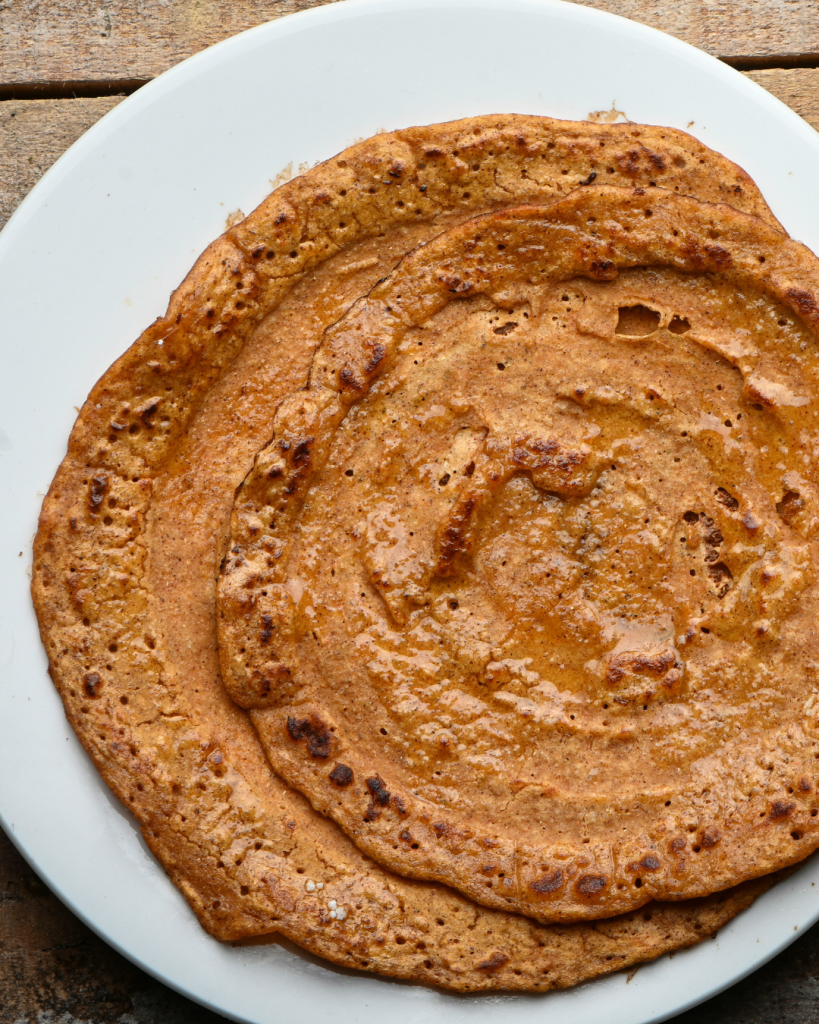
Photo: Unsplash
When migrants from South India moved to Mumbai, some from Udupi set up the city’s very first Udupi restaurants in Matunga East. Eventually, Matunga East came to be known as a neighbourhood where you could find vegetarian south-style tiffin meals and pocket-friendly lunch options. Needless to say, the dosas here are crisp, the idli are soft, and the kaapi is strong.
At Sharda Bhavan, one of the many Udupi restaurants in the neighbourhood, is where you can grab a crispy Ulundu Dosa (Rs. 65). The split black gram or urad dal gives this dosa a delicious flavour. With podi and other chutneys on the side, and a kaapi as an accompaniment, its a regular Sunday breakfast that many Mumbaikars happily queue up for.
Fugiya
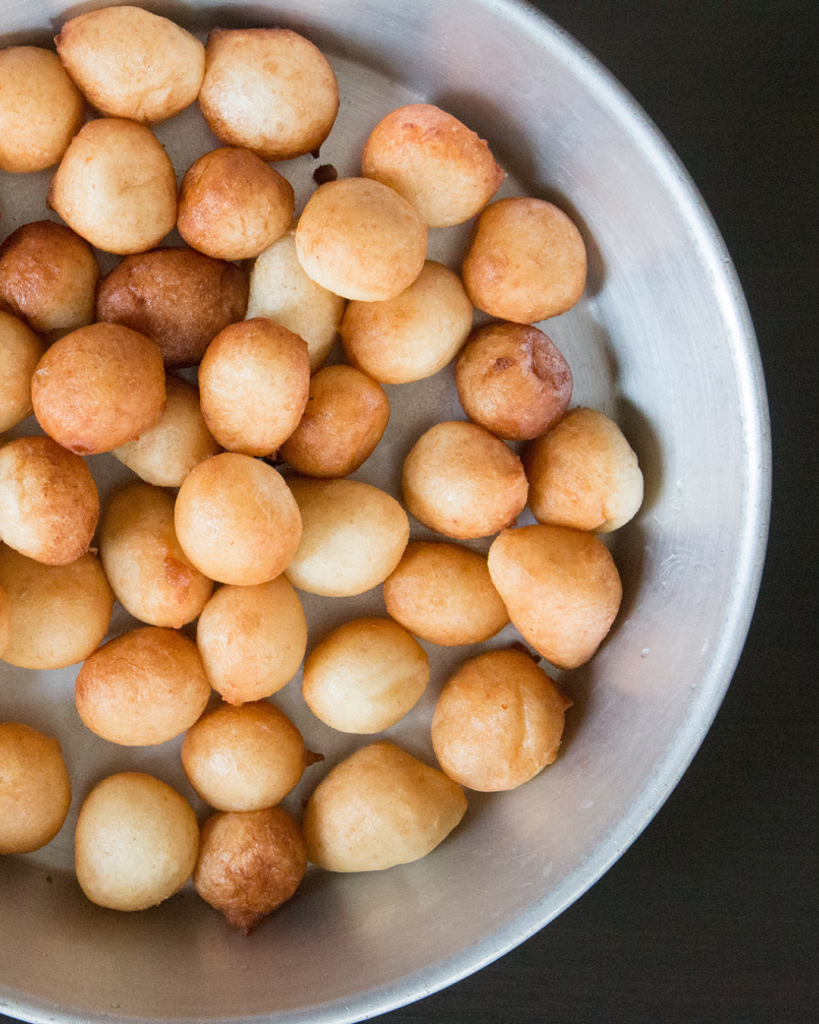
Photo: kravingsfoodadventures.com
The Portuguese brought Christianity to Mumbai, but its the British who made it a mercantile capital that led to many migrants entering the city. To distinguish themselves from migrant Christians, natives of Bombay began calling themselves East Indian Christians.
Fugiya, a doughy mildly sweet bread that’s deep-fried is only made by this community. East Indian cuisine has many layers as it’s influenced by the Portuguese, the British, and the Konkan coast. The fermented dough comes from the Portuguese, and the coconut milk from the villages of coastal Maharashtra. Often called ‘balloon bread’, it’s served alongside sorpotel but you can dip it in tea too.
Fugiya or Fugea is usually made only at home but you can grab a packet for ₹30 at Kalpana Snacks Mart or Cafe Andora, both in Bandra West.
Chutney Eeda Pattice
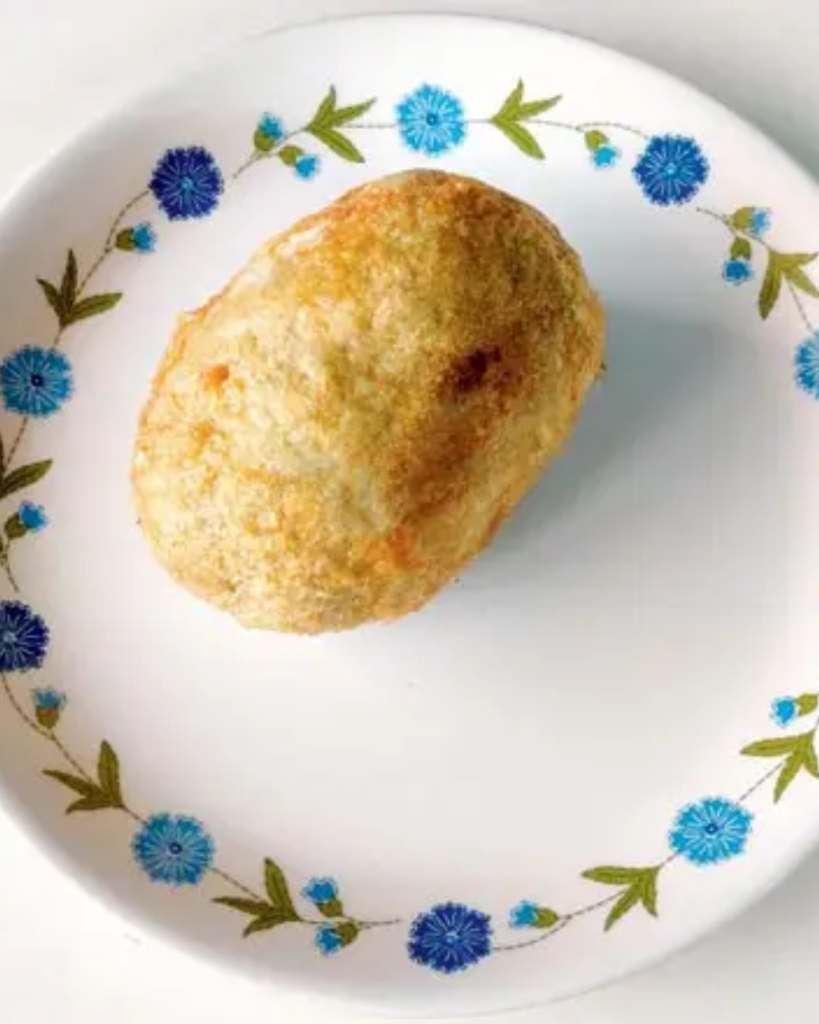
Photo: Mid-Day.com
The city is home to the largest population of Parsis. But the Parsis flocked to the city only after the British Crown turned control of Bombay to the East India Company. Parsis integrated themselves into the Bombay way of life, and are responsible for contributing monetarily several times to building the city.
Chutney Eeda Pattice is a part of the Parsi cuisine and a fried snack that bears resemblance to the Scotch Egg. Chutney and half a boiled egg are packed into a potato pattice before being deep-fried. The result is so delicious that it has become a legendary food of Mumbai that you can grab it at RTI in Colaba or Bawa Zest by Cheron bakery (available for Rs 70) in Bandra.
Mori Masala
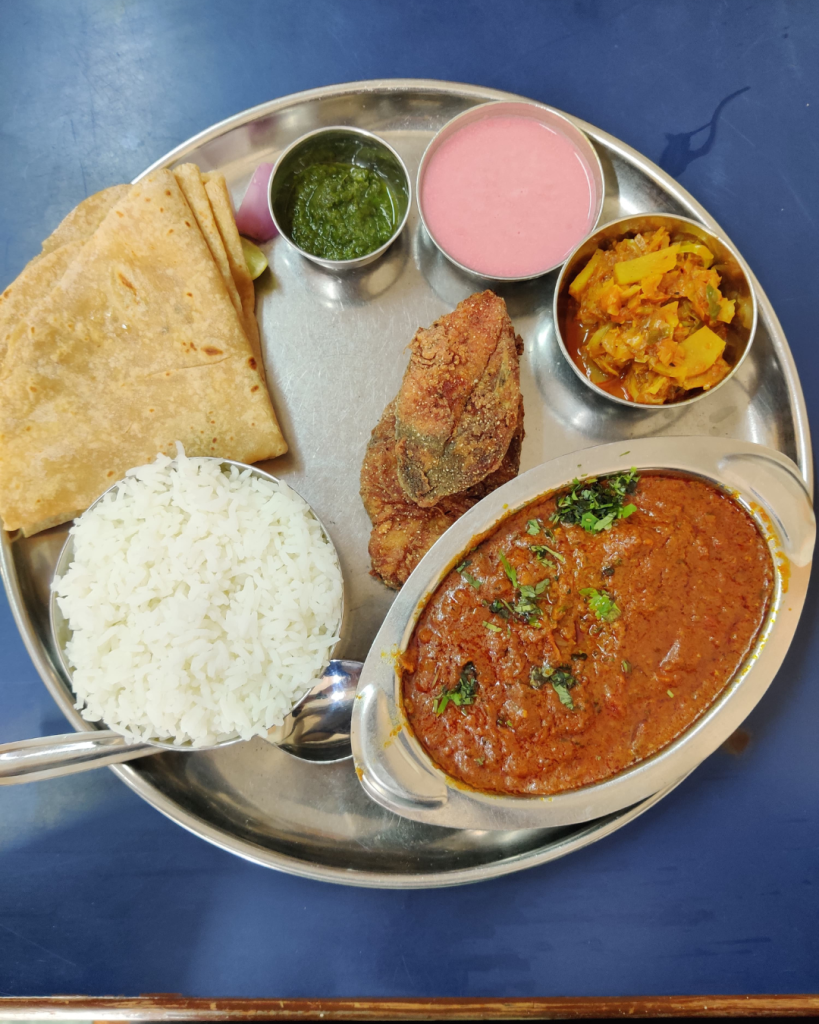
Photo: Junisha Dama
Malvani restaurants in the city can’t make up for the lack of Maharashtrian food in the state’s capital. But Mumbai’s abundance of fresh seafood ensures that at least you get some flavour of the Konkan coast.
Mori or Shark is commonly eaten along the coast and its flexible taste makes it easy to add to a range of curries or eat it fried. Dadar is dotted with lunch homes serving Malvan-style thalis and on every menu you will find Mori Masala. While you will find mori cooked in an East Indian Bottle Masala curry, in a Goan-style masala, and more, we recommend you try the -flavoured Malvan style of curry. You can find this at Achrekar’s Malvan Katta (for Rs 200) or Gomantak Boarding House in Dadar west.
Kand ni Pattice
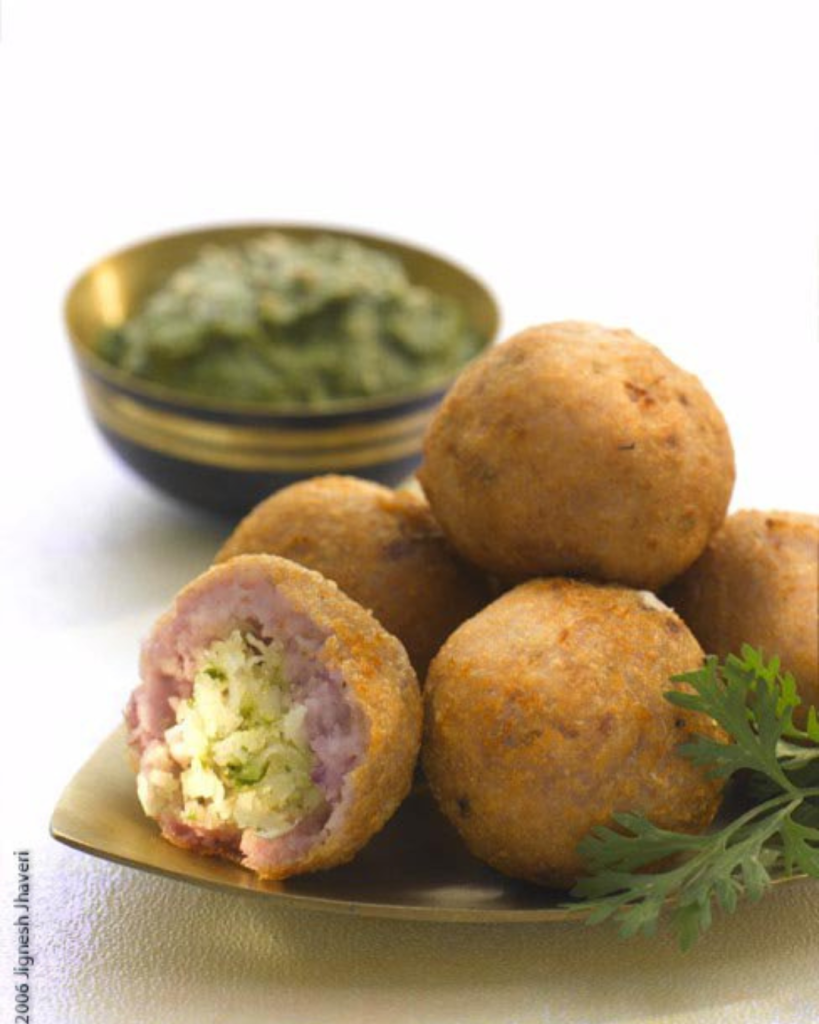
Photo: Soam
Like most migrants who began pouring into Mumbai due to trade, the Gujarati community too came along. The exact date is unknown, but as the Gujarati community began to populate Mumbai, their cuisine became popular too.
You can educate yourself on Gujarati cuisine by eating your way through Soam’s menu. While you are here, get the Kand ni Pattice (Rs 230 for 4 pieces). It’s a kand (purple yam) tikki, but Soam’s recipe is a banger. The pattice is stuffed and makes for a snack that is quite different from a regular aloo tikki.
Anishi Black Curry with Pork
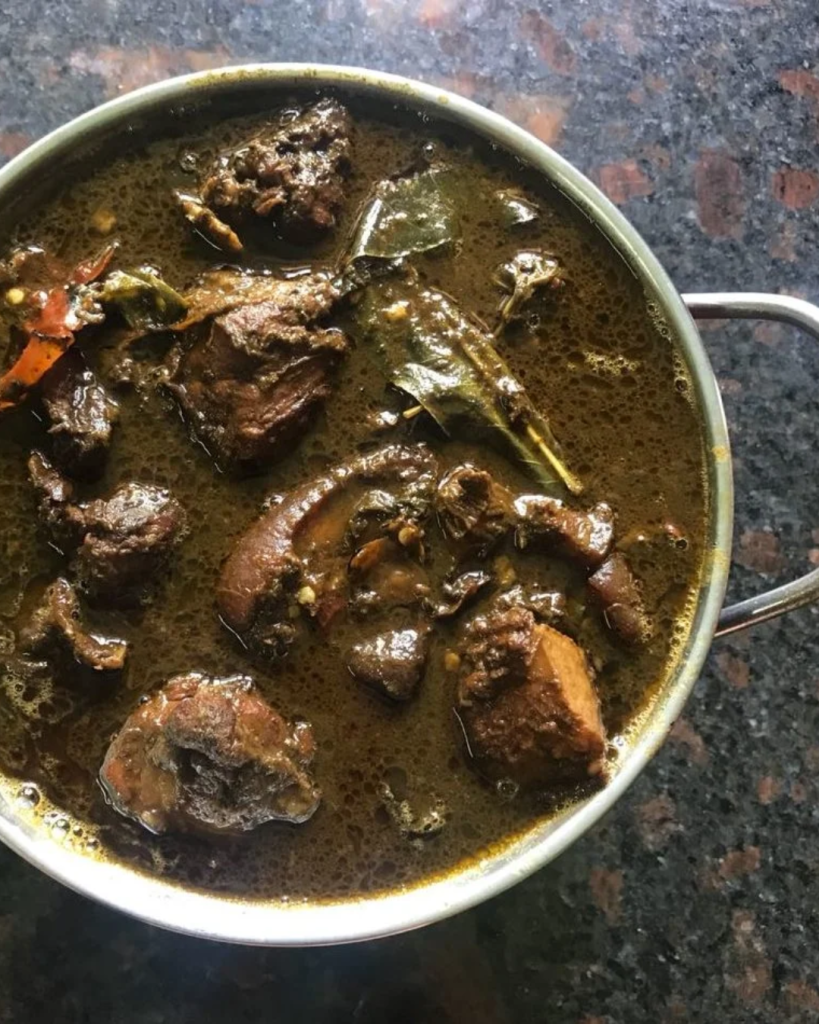
Photo: Roots and Leisure
For years, finding Northeast Indian food in Mumbai was impossible. While there have been home chefs focused on regional cuisine and small restaurants that offered some dishes under the garb of a ‘Chinese’ restaurant, there was never a restaurant dedicated to the cuisine.
Perhaps it’s because the northeasterners usually migrate to Delhi. Perhaps it’s because opening a brick-and-mortar restaurant is so costly that home chefs stuck to hosting and catering from home. That’s why when Nagabelly opened in Andheri, it became the first restaurant to dedicatedly serve Nagaland’s cuisine.
A staple of the Ao tribe of Nagaland, Anishi Black Curry with Pork (Rs 455 at Nagabelly) is made in every household. It’s called Nuoshi Aon in the local dialect and the word ‘Nuoshi’ means fermented yam leaves. The traditional recipe uses Colocasia leaves that are pounded into a paste once they turn yellow. After cooking the paste in banana leaves on a slow flame, it’s dried into small cakes and used to cook curries.

